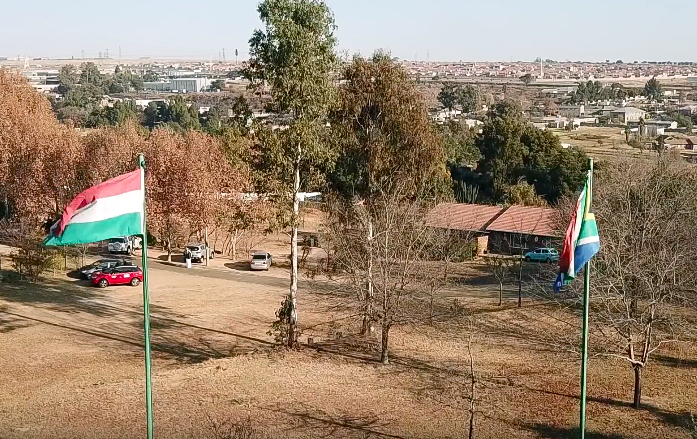South Africa is well known for its wines and sparkling wines. No wonder one district of Cape Town bears the name Tokai, after the Hungarian wine-growing city Tokaj. The district is located in the southwestern part of the city, next to the mountains. The district originally did not belong to the city, with vineyards and cellars.
However, after the World War II, returning soldiers needed to be provided with new housing, so the area was built. Although there are no wineries or vineyards in the district, it still retains the Tokai name, a suburban area now one of the more developed districts.
The town of Tokaj in northern Hungary is the name of the wine region, which played a major role in the production and trade of wine, but at the same time its strategic location as a transport hub has an outstanding importance. The area itself is first mentioned as a wine region in 1067, which has now become a World Heritage Site.


